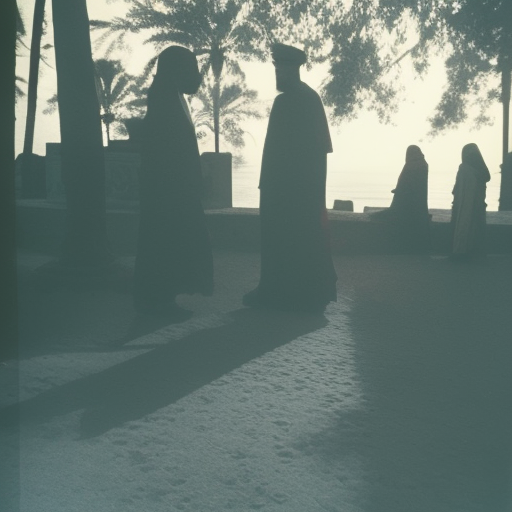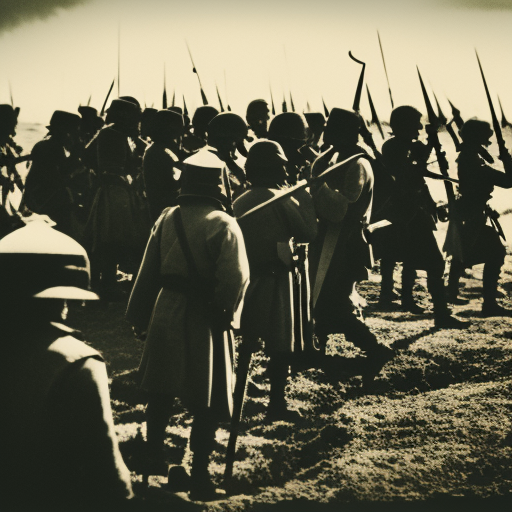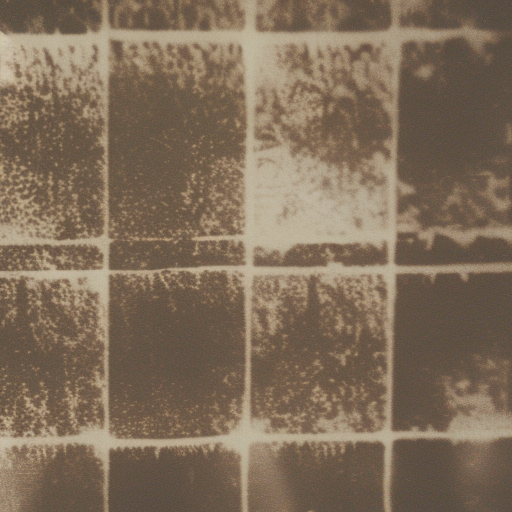The Delhi Sultanate: A Summary
The Delhi Sultanate was a Muslim kingdom that ruled over parts of India from the 13th to the 16th century. It was established by Qutb-ud-din Aibak, a Turkish slave who became the first Sultan of Delhi in 1206. The Delhi Sultanate marked the beginning of Muslim rule in India and had a significant impact on the region’s political, cultural, and architectural landscape.
Establishment and Expansion
Qutb-ud-din Aibak’s rule was followed by a series of sultans from different dynasties, including the Slave Dynasty, the Khilji Dynasty, the Tughlaq Dynasty, and the Sayyid Dynasty. The Delhi Sultanate expanded its territory through military conquests, annexing regions such as Gujarat, Bengal, and parts of southern India.
Administration and Governance
The Delhi Sultanate was characterized by a centralized administration and a strong military. The sultans held absolute power and were assisted by a council of ministers. The kingdom was divided into provinces, each governed by a noble appointed by the sultan. The sultans also introduced a system of revenue collection and land grants to maintain control over their vast empire.
Religion and Society
The Delhi Sultanate was an Islamic state, and the sultans promoted Islam as the state religion. However, they allowed religious freedom to non-Muslims, although they were subject to certain restrictions. The sultans patronized scholars, poets, and artists, leading to the development of a unique Indo-Islamic culture. The society was divided into different classes, with Muslims occupying the highest positions and Hindus and other non-Muslims forming the majority.
Architecture and Culture
The Delhi Sultanate witnessed the fusion of Islamic and Indian architectural styles, resulting in the creation of magnificent structures such as the Qutub Minar and the Alai Darwaza. The sultans also built mosques, madrasas, and tombs, which served as centers of learning and worship. Persian and Arabic languages and literature flourished during this period, and Sufism gained popularity among the masses.
Challenges and Decline
The Delhi Sultanate faced numerous challenges throughout its existence. It had to deal with Mongol invasions, regional rebellions, and internal power struggles. The sultans also faced resistance from Hindu kingdoms in the south, such as the Vijayanagara Empire. Additionally, the sultanate’s administration became increasingly corrupt and inefficient, leading to a decline in governance and economic stability.
The Mughal Empire
The Delhi Sultanate eventually fell to the Mughals, who were descendants of Central Asian conqueror Timur. The Mughals established their rule in India in the 16th century and went on to become one of the most powerful empires in the region. The Mughals built upon the cultural and architectural legacy of the Delhi Sultanate, creating masterpieces such as the Taj Mahal.
Legacy
The Delhi Sultanate left a lasting impact on Indian history. It introduced Islam to the subcontinent and laid the foundation for subsequent Muslim empires in India. The fusion of Islamic and Indian cultures during this period shaped the region’s art, architecture, and literature. The Delhi Sultanate also played a crucial role in shaping the political landscape of medieval India, setting the stage for the rise of the Mughal Empire and the eventual colonization by European powers.
In conclusion, the Delhi Sultanate was a significant period in Indian history, marking the beginning of Muslim rule in the region. It brought about a synthesis of Islamic and Indian cultures and left a lasting architectural and cultural legacy. Despite its challenges and eventual decline, the Delhi Sultanate played a pivotal role in shaping the course of Indian history.












